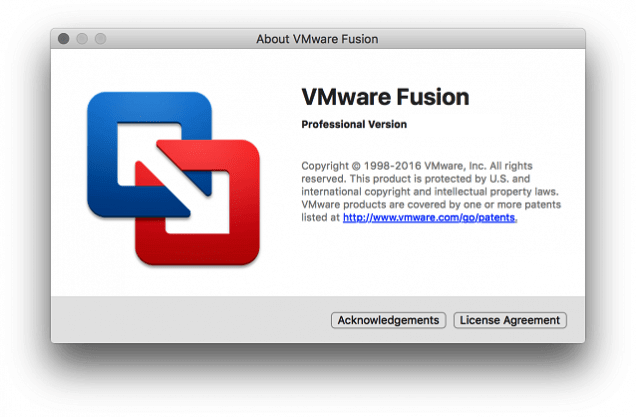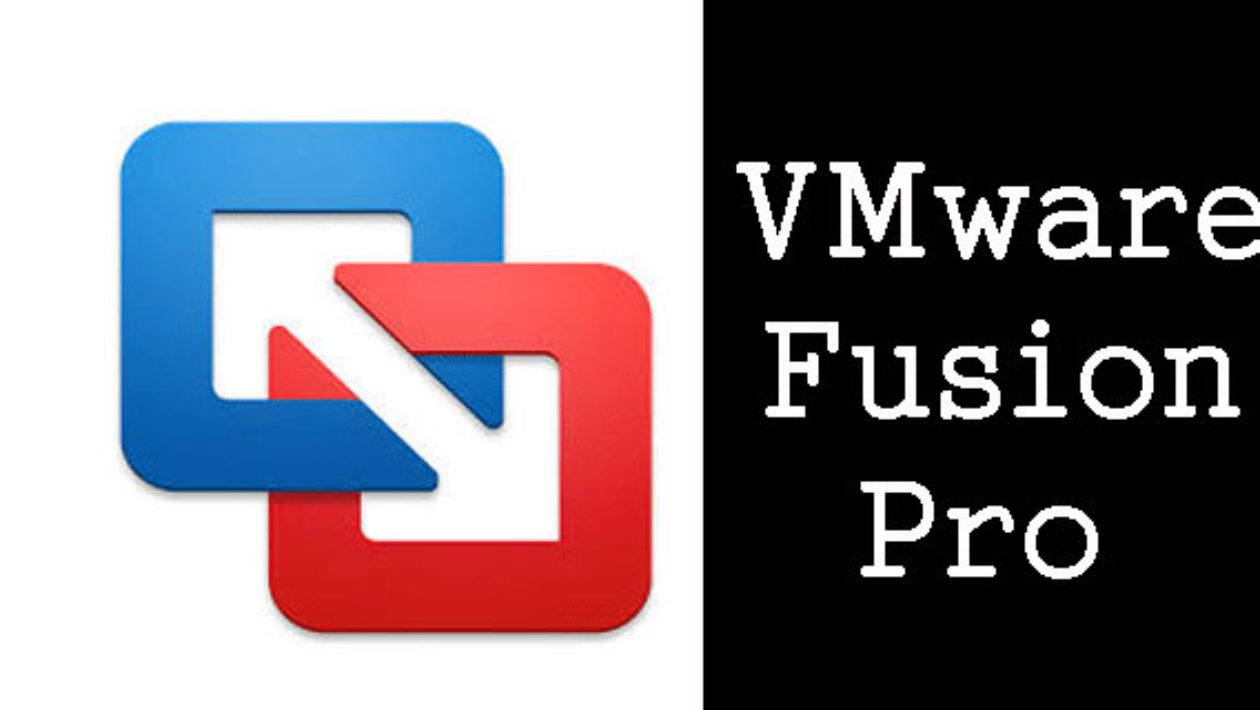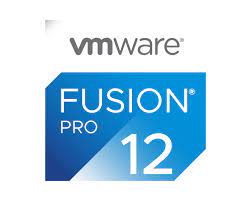
VM software makes it easy to switch back and forth between the two platforms for workflows that involve both Windows and Mac applications.VM software may cost less than a separate second machine.A single Mac based backup strategy can backup both platforms.If you are on the road, A single laptop weighs less than two laptops.It's trivial to share files between the two platforms when they are hosted on the same platform.There are conveniences to having them all on one machine, rather than split across two machines. It's a reasonable question to ask, and there are reasonable answers.Ĭonsider someone who needs to run a mix of Mac and Windows applications. With Windows PCs available for next to nothing, both new and refurb, with Windows pre-installed (you know Windows is not included with either emulator, right?), please, someone provide me with justification for not just buying a cheap PC to run your QuickBooks Pro, or some other application not available on MacOS? Sure you can do it, but in the words of my late mother, "JP, just because you CAN do something doesn't mean you SHOULD." Mom was wise. A company with dedicated resources, but who needs to do a clean-room implementation unlike hobbyist programmers, might be able to do it in 1/3rd the time, at best? You can sure as hell bet Apple's been working on Rosetta2 for years.It mystifies me as to why anyone would want to run Windows on a Mac, silicon or otherwise. That's more or less the CPU in the GameCube. It's taken hobbyists until about two years ago to emulate the PPC G3 that were used in Macs acceptably fast on a modern desktop computer. Maybe Dassault because they do a lot of systems programming? And STMicro and other microcontroller manufacturers have development environments that emulate their chips, but those are way less complex than a general purpose CPU.Įmulation is NOT an easy task. I personally don't know anyone who's big into ISA emulation commercially because it's usually fraught with IP risk, but the QEMU open source guys are probably the ones most people know about unless you count highly platform specific hobbyist emulator projects like Dolphin.

It's just "graphics", right? You're just as likely to expect a solution to come out of Parallels as you are from Corel or Intuit or Salesforce or. This is like asking Adobe to write a 3D game engine competitive with Unreal or iDTech.

They didn't "give up" so much as this is something they just. Parallels and VMware have absolutely no expertise in this area.

Click to expand.Yes, in that they are diametrically opposed tasks, as in they are quite literally the opposite approach to similar problems.


 0 kommentar(er)
0 kommentar(er)
